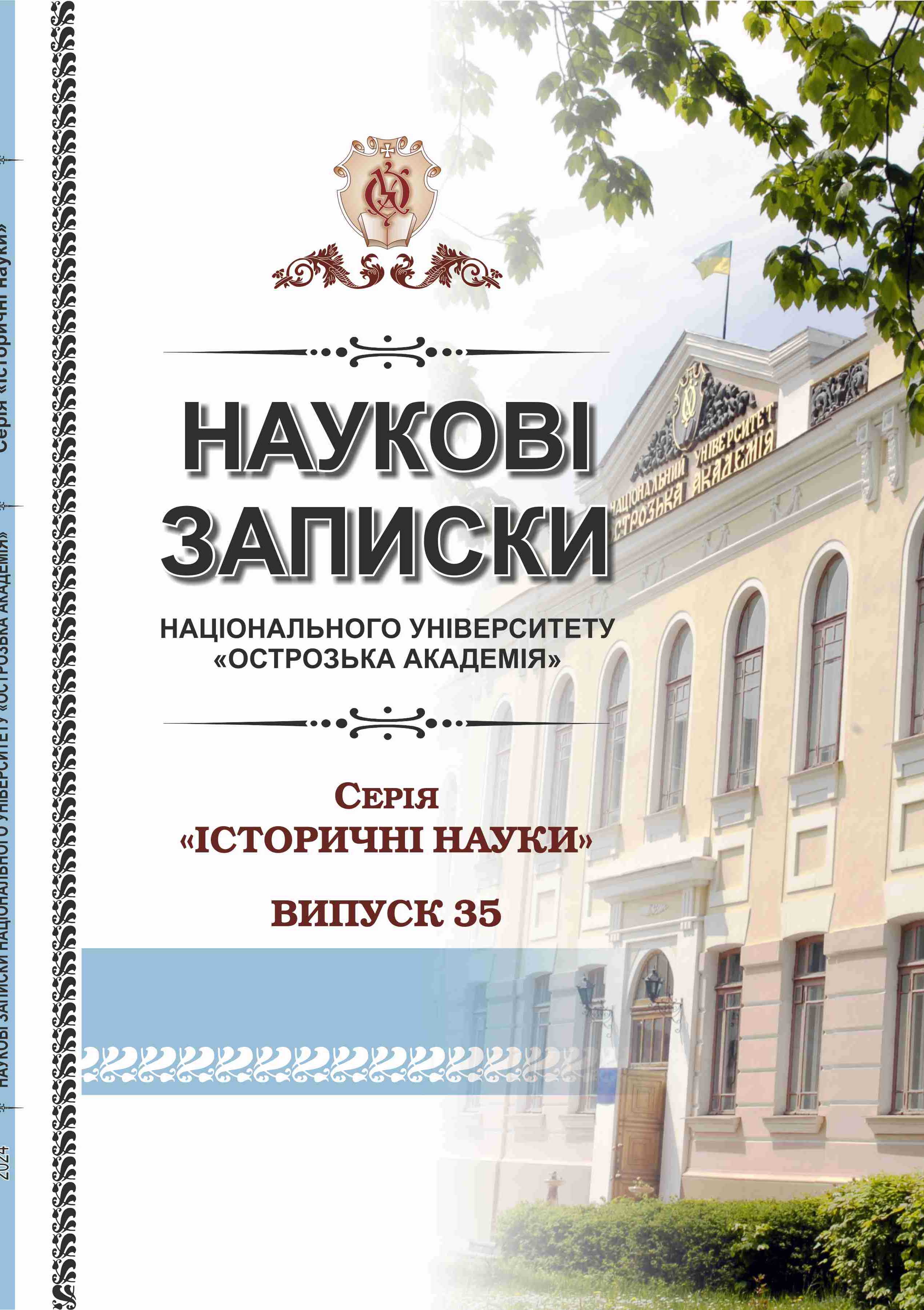THE STRUCTURE OF CRAFT PRODUCTION IN THE INTERWAR PERIOD (1921–1939)
Keywords:
Volyn voivodeship, Rivne,the interwar period, craftAbstract
The article analyzes the structure of craft production in the city of Rivne in the interwar period based on the Lutsk Chamber of Crafts. It was established that in the interwar period in Poland, a fairly thorough legislative framework was developed to regulate all spheres of craft and craft production. A fairly large number of craftsmen of various specialties worked in the city of Rivne. The complicated procedure for obtaining a craft card – the main condition for the legal practice of a craft – led to the fact that many craftsmen worked without permits. The development of craft production not only in Rivne but also in the entire Volyn Voivodeship was hindered by such factors as insufficient technical equipment in craft workshops, the manual method of production, an increase in the cost of labor, a low technical level of manufactured products, inefficient organization of the sale of goods, a change in the economic situation and limited support for the craft sector from the Polish authorities. The most common craft specialties in Rivne used cheap local raw materials. These are the specialties of the leather, metal, wood, textile, and service industry groups. Among them are carpenters, tailors, shoemakers, blacksmiths, butchers, bakers, etc. Craft production in Rivne in 1921-1939 was mainly aimed at meeting the needs of the local population and, first of all, the rural. Because the solvency of the rural population was low, artisans received a small profit. The rather difficult situation of Rivne artisans and handicraft production was worsened by such unfavorable conditions as competition from the factory industry, stagnation of the construction movement, and an increase in the number of products produced by factories.

